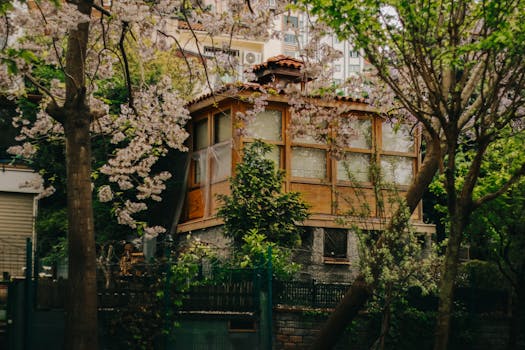
Urban Green Spaces: The Future of Outdoor Living in European Cities by 2025
Urban Green Spaces are becoming increasingly important in European cities as they provide a sustainable and healthy way of living. With the rising concerns of climate change, air pollution, and mental health, urban green spaces are being recognized as a vital component of urban planning. In this article, we will explore the future of outdoor living in European cities and how urban green spaces are shaping it.
Introduction to Urban Green Spaces
Urban green spaces refer to the areas in urban environments that are covered with vegetation, such as parks, gardens, and green roofs. These spaces provide a range of benefits, including improved air quality, reduced noise pollution, and increased biodiversity. They also offer a space for recreation, socialization, and relaxation, making them an essential part of urban living.
Benefits of Urban Green Spaces
The benefits of urban green spaces are numerous and well-documented. Some of the most significant advantages include:
- Improved mental health and wellbeing
- Reduced air pollution and improved air quality
- Increased biodiversity and ecosystem services
- Enhanced recreational and social opportunities
- Support for urban sustainability and resilience
European Cities Leading the Way
Many European cities are leading the way in incorporating urban green spaces into their urban planning. Cities such as Copenhagen, Stockholm, and Amsterdam have made significant investments in green infrastructure, including parks, green roofs, and green walls. These cities are not only improving the quality of life for their citizens but also setting an example for other cities to follow.
Challenges and Opportunities
Despite the many benefits of urban green spaces, there are also challenges and opportunities that need to be addressed. Some of the key challenges include:
- Limited space and budget
- Competing priorities and stakeholders
- Climate change and extreme weather events
- Ensuring equity and accessibility
However, these challenges also present opportunities for innovation, collaboration, and community engagement. By working together, cities can develop creative solutions to these challenges and create urban green spaces that are sustainable, resilient, and equitable.
Conclusion
Urban green spaces are the future of outdoor living in European cities. They provide a range of benefits, from improved mental health and wellbeing to reduced air pollution and increased biodiversity. As cities continue to grow and develop, it is essential that urban green spaces are prioritized and integrated into urban planning. By doing so, we can create sustainable, resilient, and equitable cities that support the health and wellbeing of all citizens.






